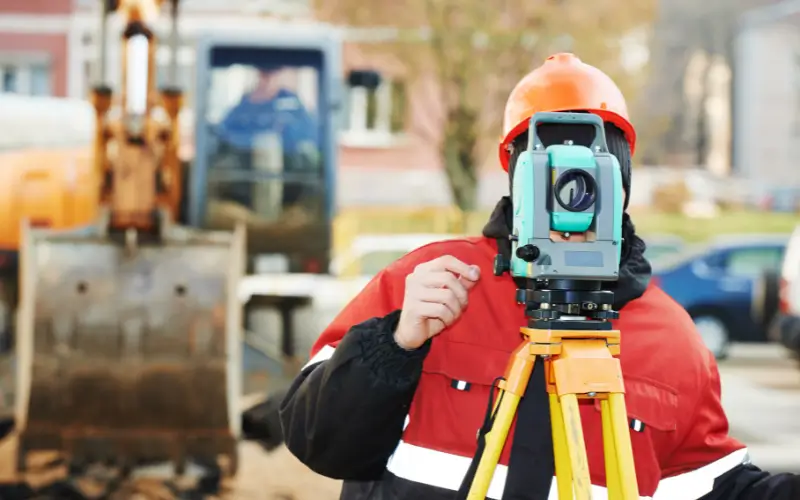Lease area disputes are a common source of tension between landlords and tenants. Whether it’s a question of rentable space, miscalculated square footage, or inaccurate documentation, disagreements over lease areas can result in costly legal challenges and strained relationships. Fortunately, measured building surveys offer a robust and objective way to clarify these issues.
Measured surveys provide highly accurate representations of a building’s structure, dimensions, and layout. These are essential for validating lease agreements, especially in commercial settings where every square metre can translate to significant costs or savings. This article explores five key ways measured surveys can assist with resolving lease area disputes efficiently and transparently.
1. Accurate Verification of Lease Areas
One of the most direct contributions of measured surveys is providing an authoritative measurement of the leased area. This helps both landlords and tenants to confirm whether the actual size of the premises aligns with what is stated in the lease agreement. Often, discrepancies arise due to outdated plans or differing interpretations of usable versus rentable space.
By commissioning a precise survey, parties can eliminate ambiguity. Modern measured survey solutions utilise laser scanning and 3D modelling to generate floor plans accurate to within millimetres. This level of detail is invaluable when auditing space allocations and can form a defensible basis in arbitration or court proceedings. Terrain Surveys is one of the top providers of such high-accuracy surveys and has worked on numerous cases where spatial verification was pivotal in dispute resolution.
2. Independent Evidence in Legal Disputes
Lease area disagreements often escalate to legal action when parties cannot come to a mutual resolution. In such cases, an independent, professional survey serves as impartial evidence that can support or contest the claims of either party. A detailed measured survey can clearly document the total area, shared spaces, exclusions, and structural anomalies.
Courts and tribunals place strong value on third-party professional documentation, particularly when the survey adheres to RICS guidelines or international property measurement standards. A neutral survey can expedite proceedings by presenting a clear set of facts, minimising reliance on anecdotal or conflicting evidence. This makes it easier to reach a settlement or verdict based on accurate spatial data rather than interpretation.
Many lease disputes arise not from total area disagreements, but from confusion over what parts of the premises are included in the lease—such as stairwells, corridors, external walls, or plant rooms. A good survey will not only capture the overall dimensions but also differentiate between shared and exclusive spaces, which can have a major impact on cost allocation and responsibilities.
Measured building surveys can present this data in layered plans, colour-coded drawings, or annotated reports that make distinctions clear. This is especially useful for landlords managing multi-tenant buildings, where disputes often hinge on common area contributions and demarcations. Clear visual documentation enables better negotiations and reduces the chance of future conflict by setting clear spatial boundaries.
4. Supporting Rent Reviews and Lease Renewals
Disputes aren’t always immediate—they can also arise during rent reviews or lease renewals, where the existing documentation is called into question. A lease signed years ago may be based on old plans that don’t reflect building modifications, expansions, or structural degradation. When these changes are not captured and updated, tenants may feel they are overpaying for space that no longer exists—or landlords may realise they’re not charging enough.
Commissioning a new survey during a rent review ensures all parties are working from current and accurate information. This gives both sides a fair basis for discussion and can justify adjustments in rent with credible data. It also builds trust and transparency, which are vital for maintaining long-term professional relationships.
5. Prevention of Future Disputes Through Clear Documentation
While measured surveys are invaluable in resolving existing conflicts, they are just as important in preventing future ones. Incorporating up-to-date, professional survey data into lease agreements sets a clear foundation from the outset. This eliminates reliance on assumptions or verbal agreements, and reduces the risk of misinterpretation later.
Incorporating clear, annotated plans into lease documents allows both parties to refer to the same source of truth. This includes wall thicknesses, usable floor areas, voids, and communal spaces—all clearly demarcated and legally documented. Preventative action like this is not only practical but can also protect both sides from future legal costs or reputational damage.
Protect Your Interests with Accurate Survey Data
Whether you’re a landlord, tenant, or property manager, spatial clarity is fundamental to a fair lease. The consequences of inaccurate or outdated information can be costly, but they are entirely avoidable with professional help. Leveraging measured building surveys ensures that every square metre is accounted for, understood, and agreed upon.
Don’t wait for a dispute to arise before taking action. Commissioning a professional survey now could prevent misunderstandings, strengthen lease agreements, and provide the peace of mind both parties need. In this domain, precision isn’t just a technical advantage—it’s a legal necessity.




